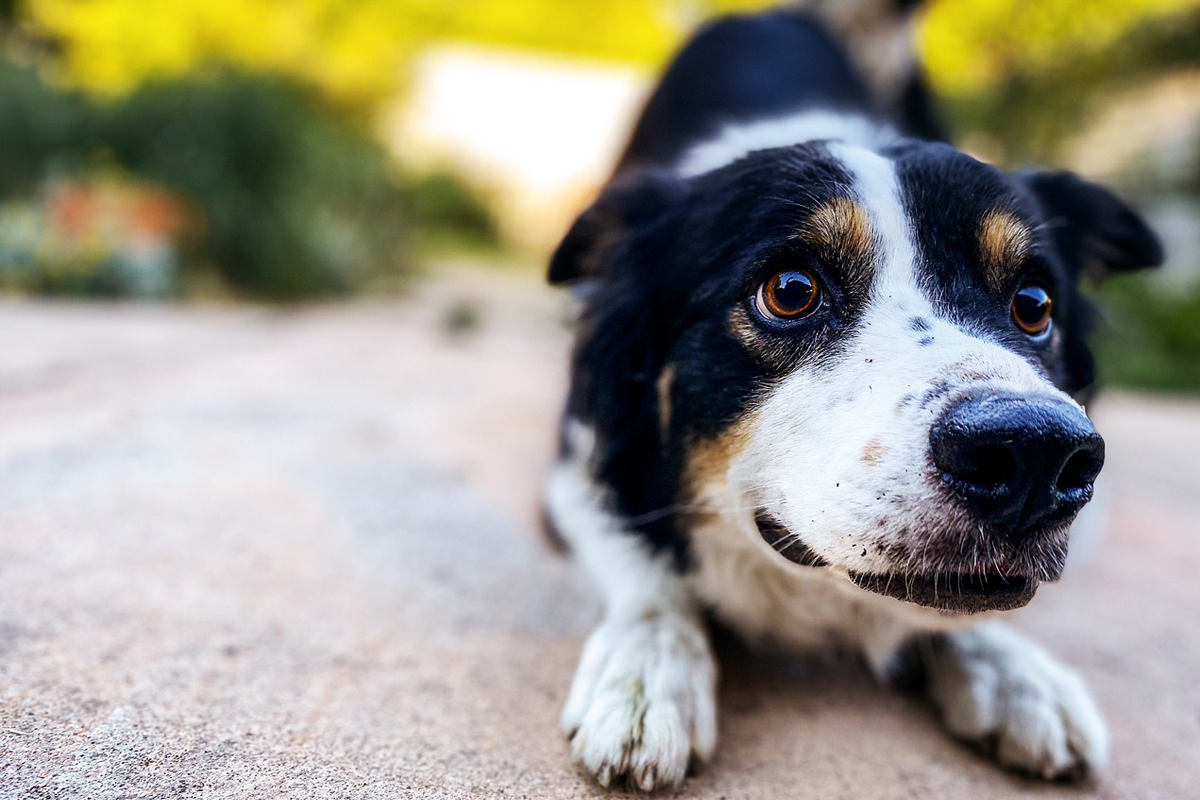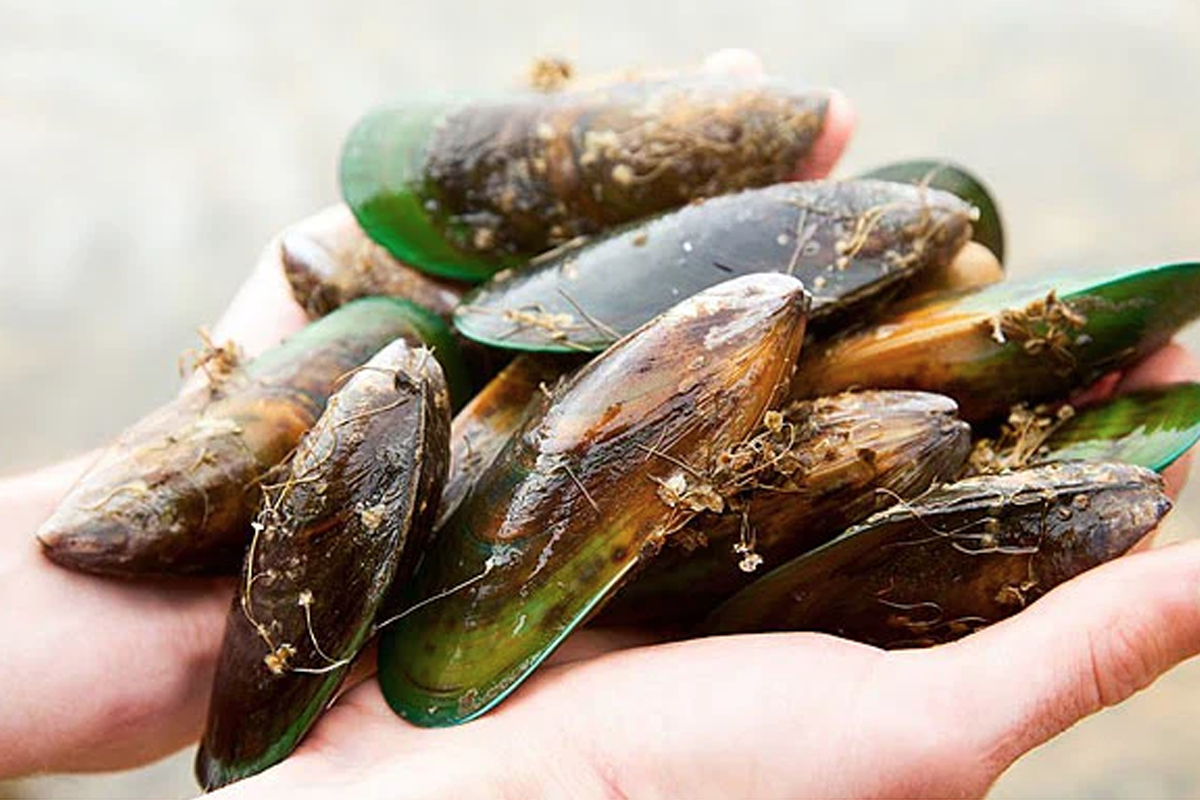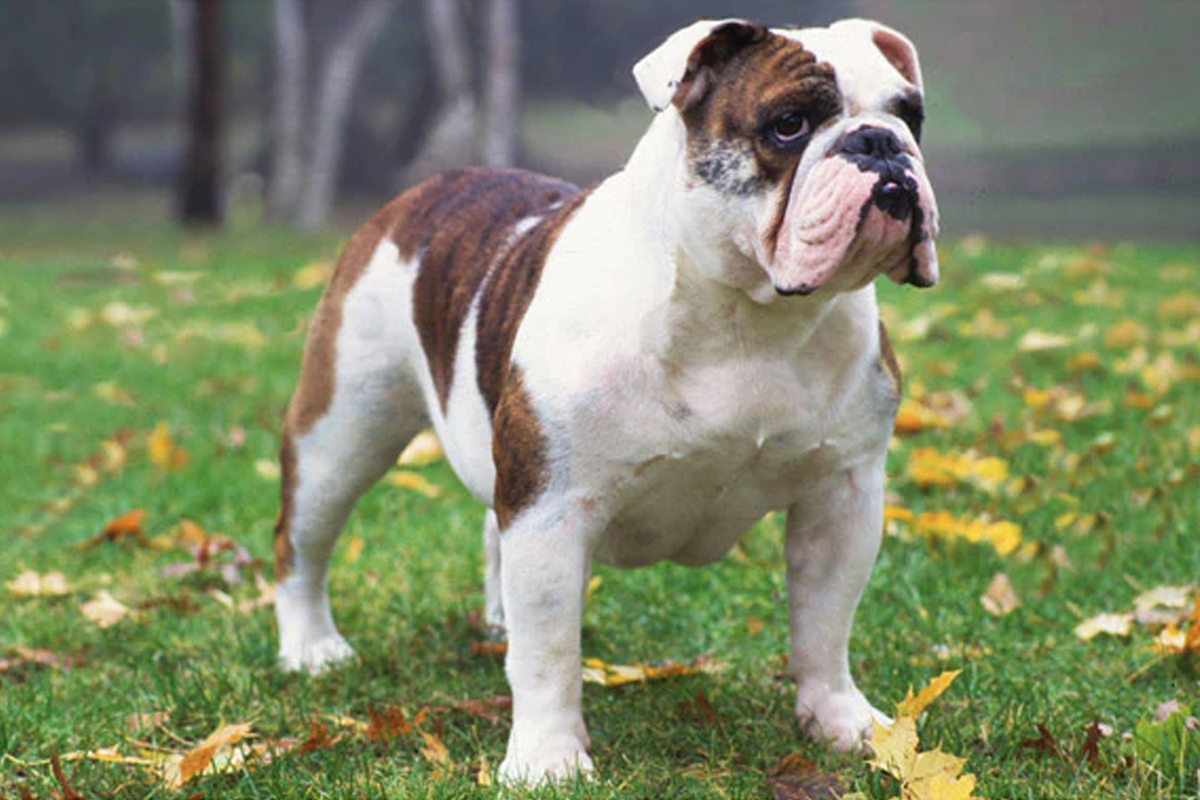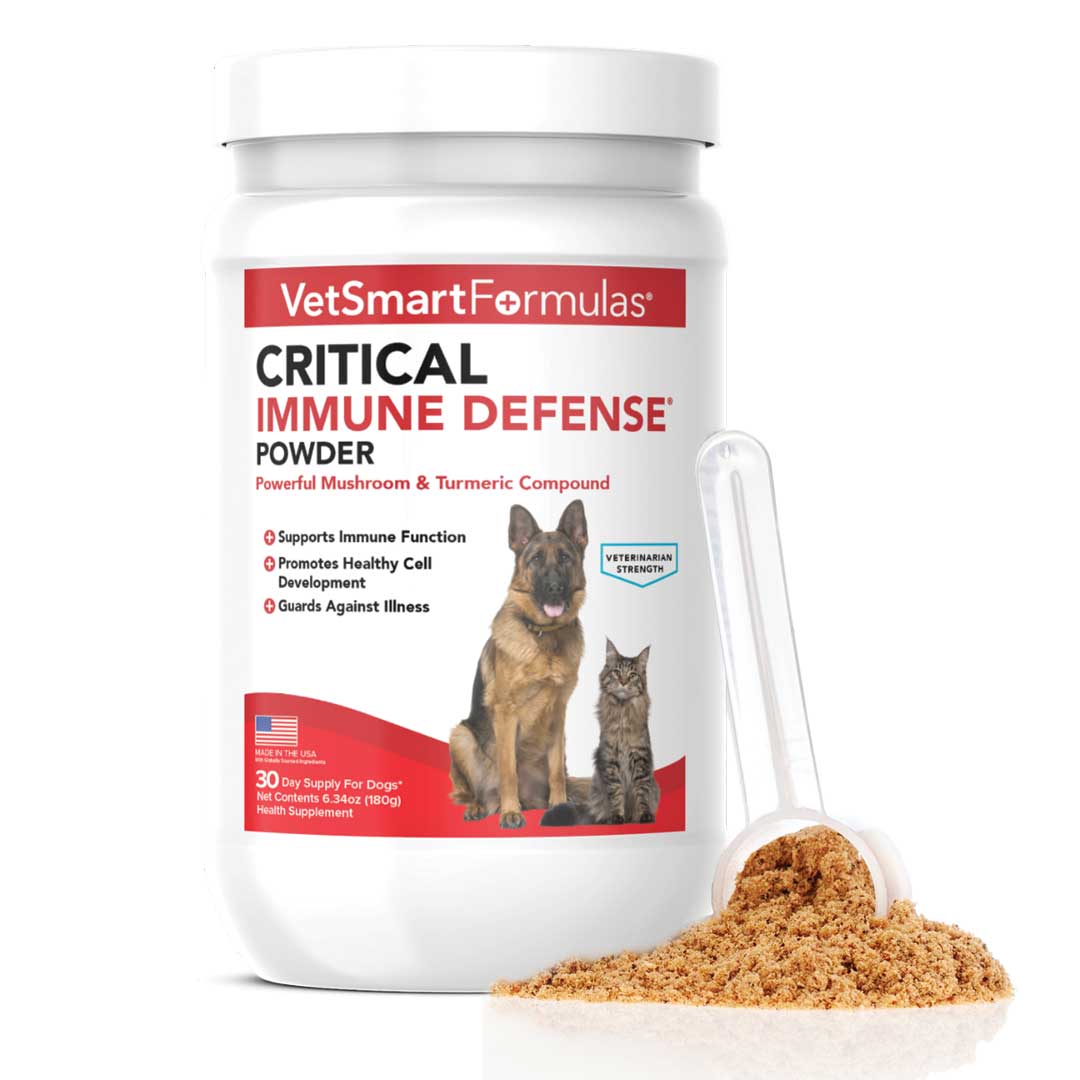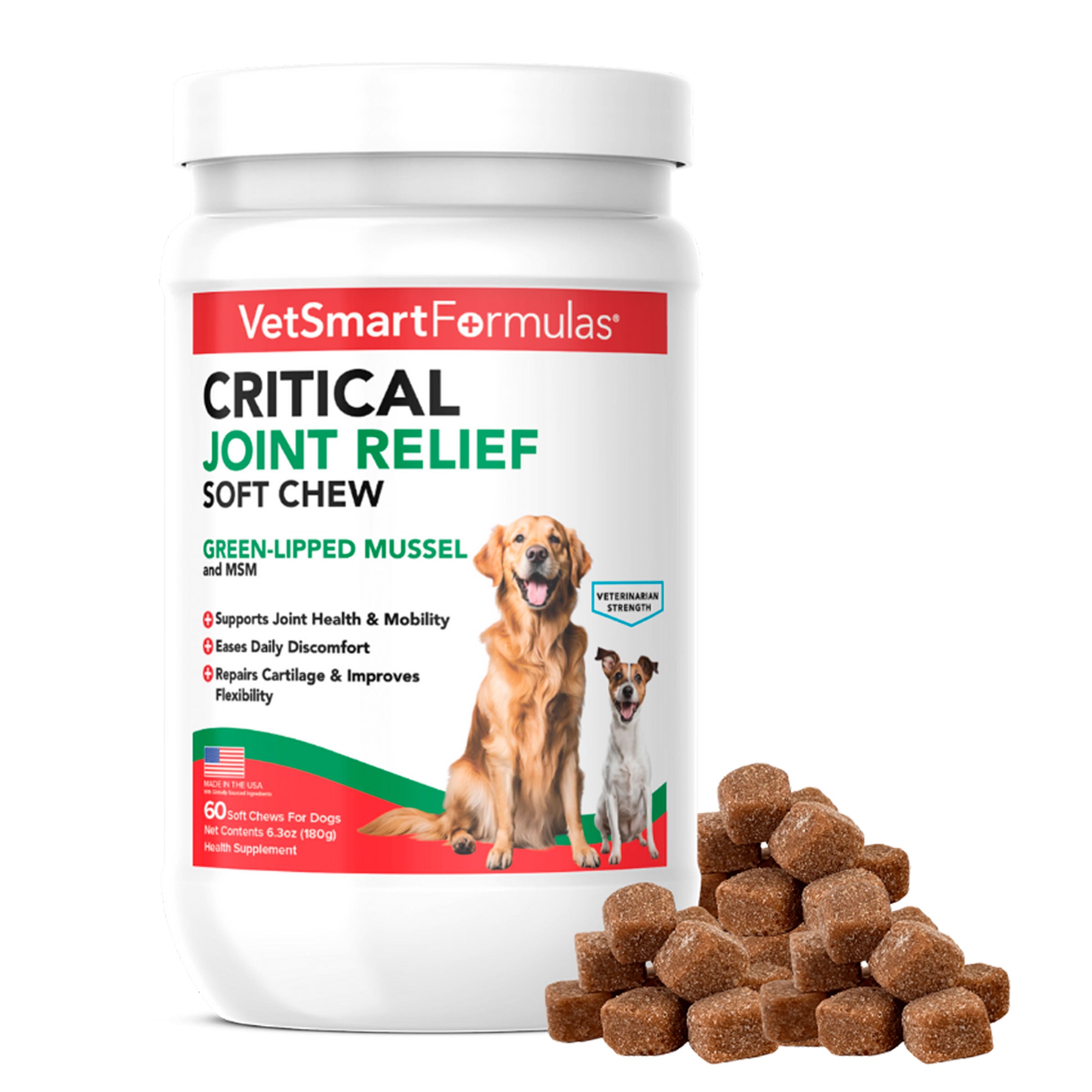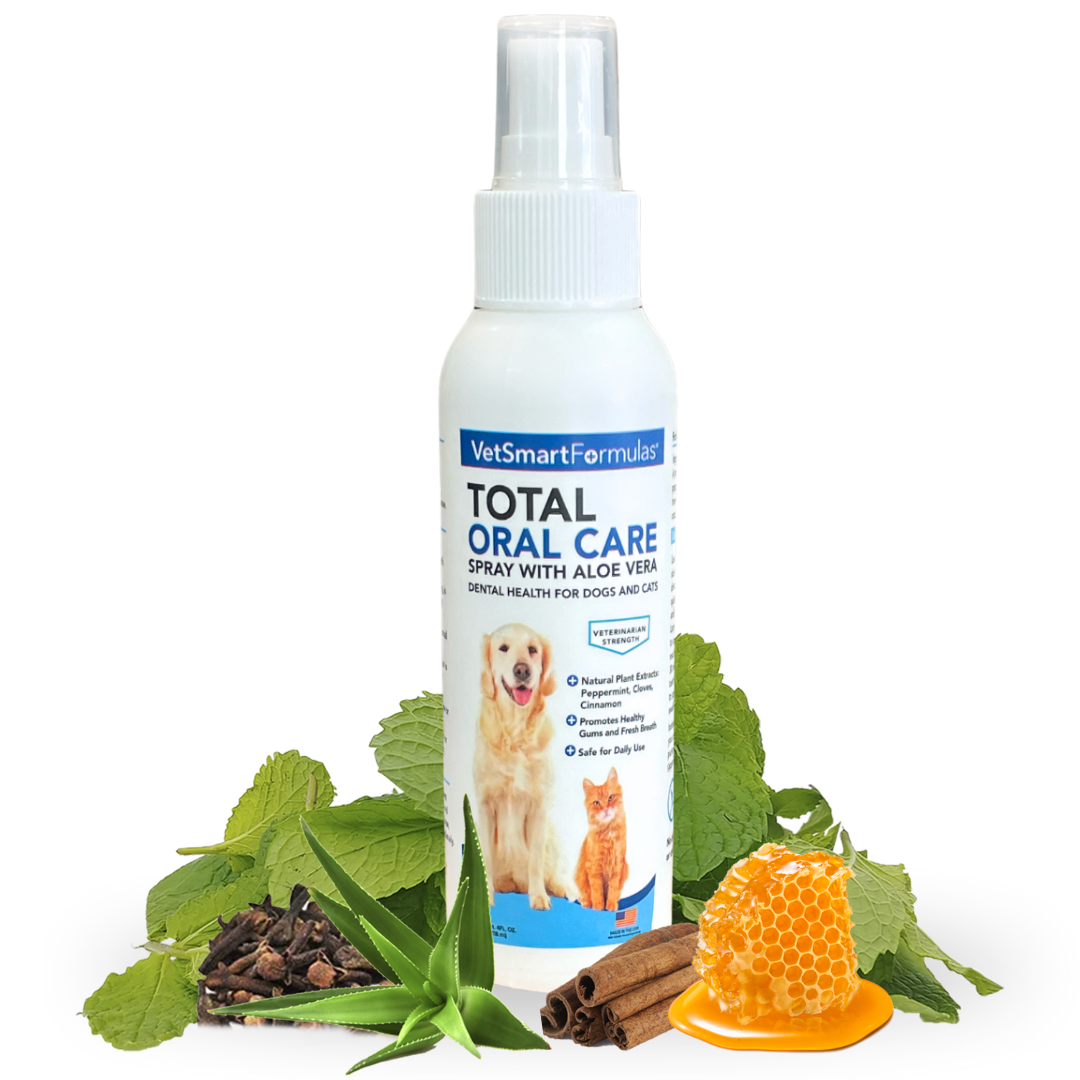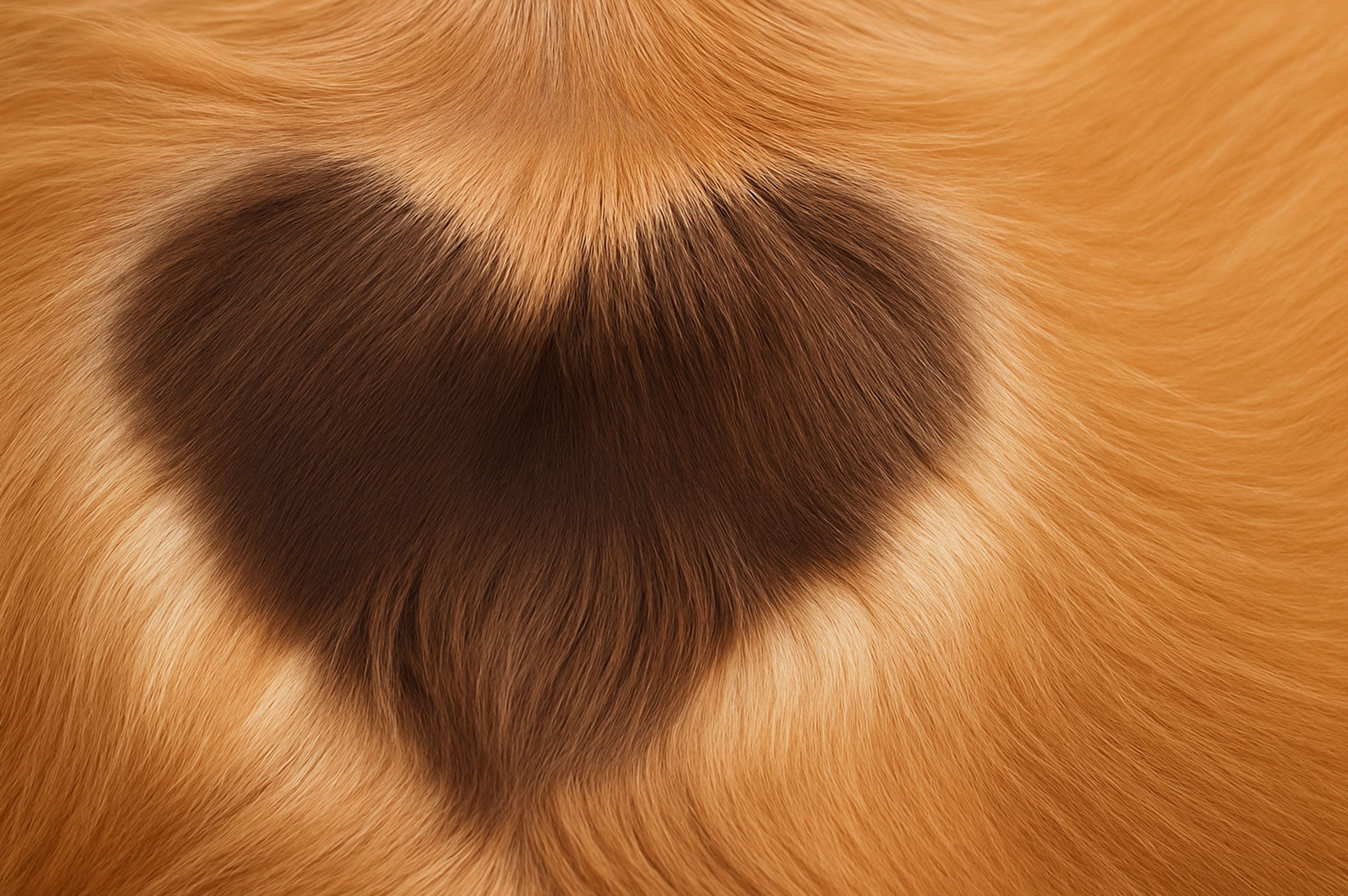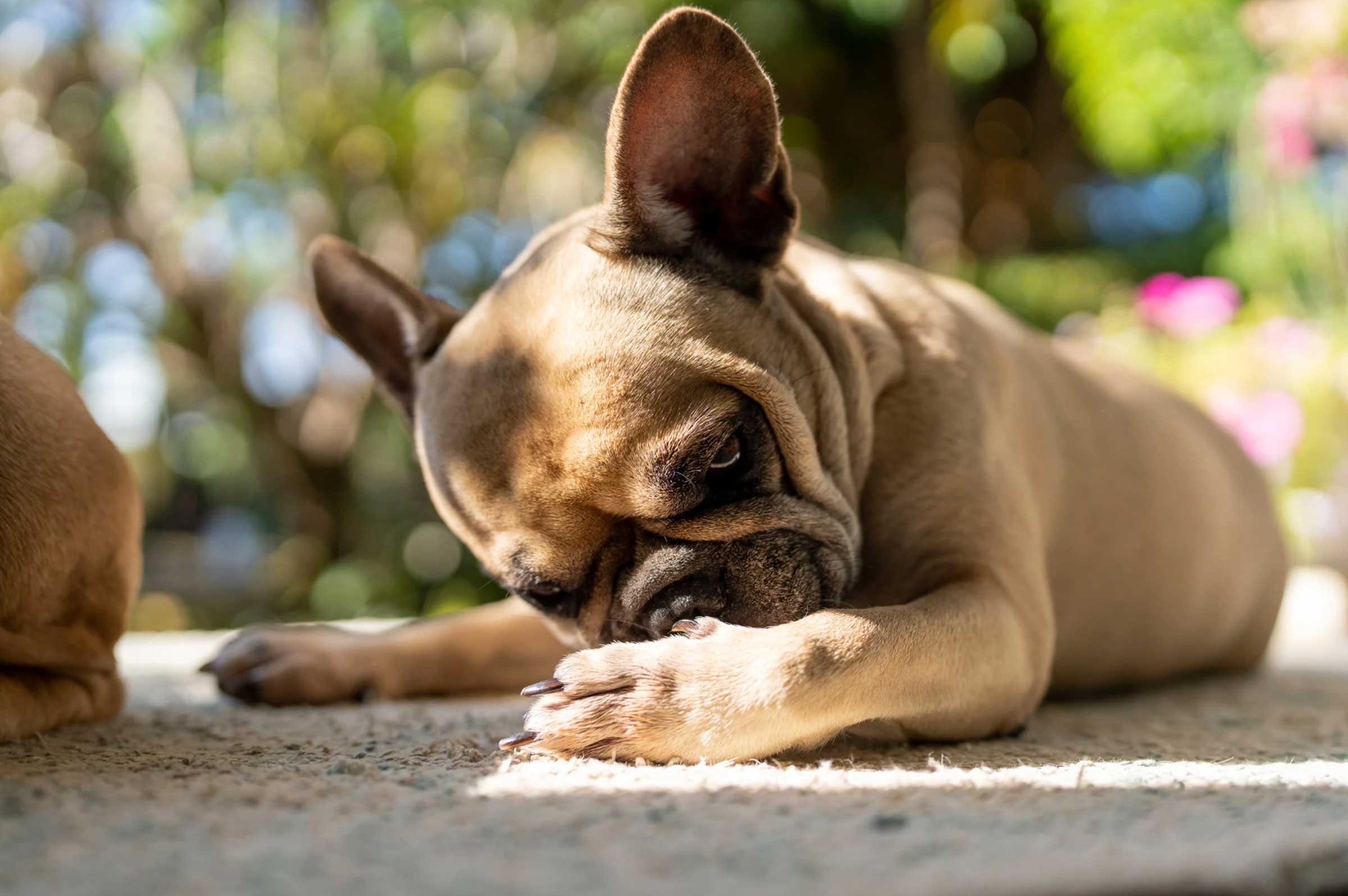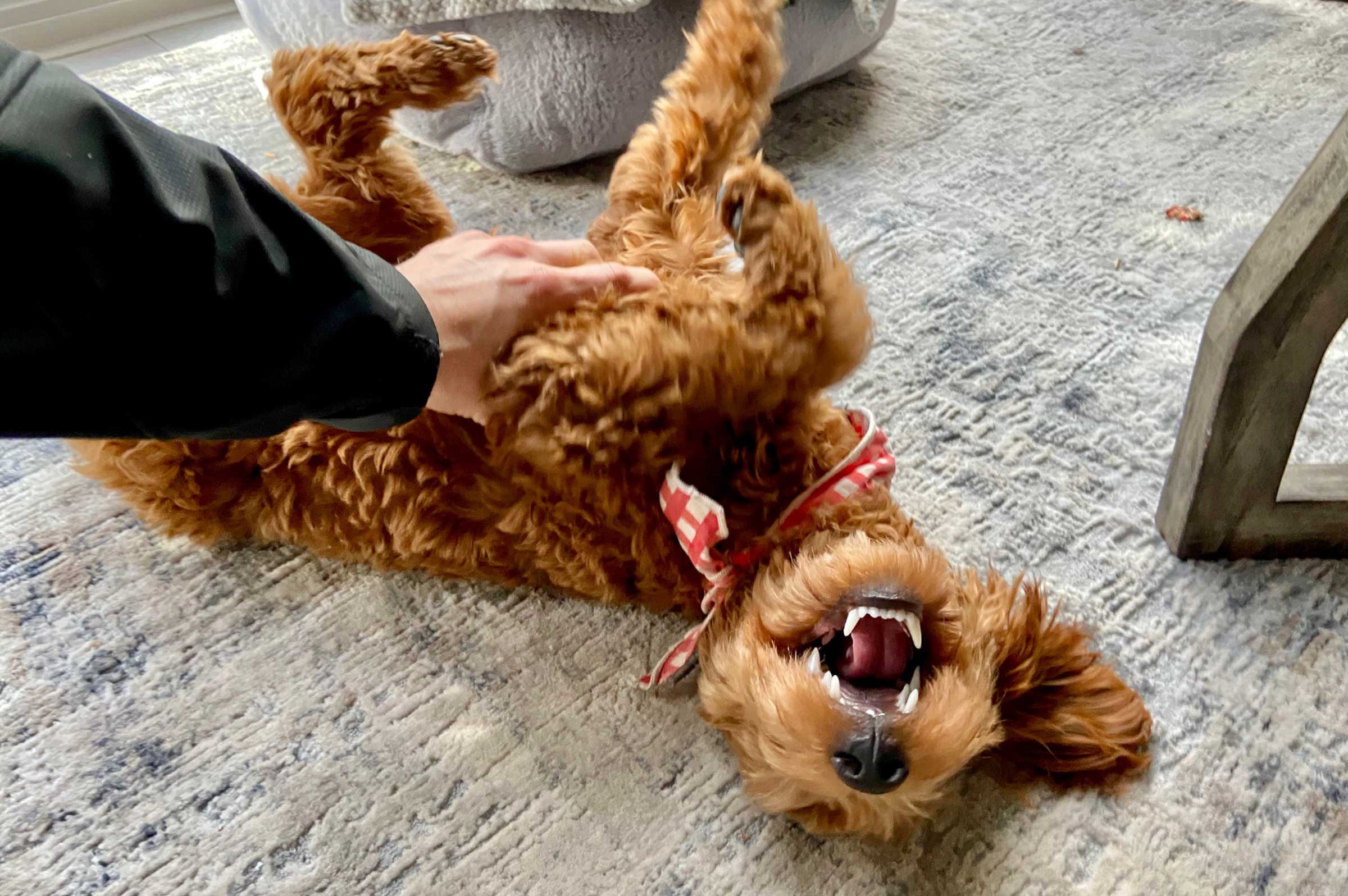Below is information detailing the expected body language when a dog is feeling the following emotions:
Happy
If a dog is feeling happy or content, his muscles will be more relaxed. The dog’s face muscles may also appear calmer. He will have either neutral or even happy facial expressions. For example, his mouth might either be closed or slightly open; he may also exhibit panting. The corners of his mouth may be turned upwards slightly to almost resemble a smile. The dog’s tail will either be in its natural position or wagging in a circular motion.

Excited
An excited dog’s behavior is similar to that of an alert dog. However, excited dogs are more playful, and therefore, will distribute their weight on their rear legs. Their ears will be up, and they may even wag their tail. The dog’s mouth can be open, and he might even let out a bark. Dogs in this state will often direct their attention to the source of their excitement.

Alert
When a dog is alert, her demeanor is more intense and focused. She will stand upright with her weight centered. She might lift her ears forward while holding her head and neck high. Her tail can be in a natural or vertical position, but it will also appear stiff and still, as if she is trying to limit distractions. The dog’s mouth will probably be closed, but she may also growl or bark.
Playful
Playful dogs have very bouncy movements. They will often try to initiate activity by pawing or running away in order to be chased. Playful dogs might jump at you, attempting to get attention. In order to invite other dogs to play, the dog will first “play bow.” The play bow is necessary in a friendly interaction because dog play is often aggressive and can instead be interpreted as an attack. A play bow consists of the dog bowing with its behind extended and forelegs on the ground. Dogs that want to play may also growl and have high-pitched barks.
Total Oral Care Spray with Aloe vera
w/ Aloe vera, Peppermint, Cinnamon, Cloves, & Natural Honey
Eliminate Bad Breath And Prevent Dental Disease
Learn MoreProtect Shampoo
w/ Cedarwood, Rosemary, Lemongrass Argan & Coconut Oils + Aloe
Protect Your Pet From The Misery Of Fleas & Ticks
Learn MoreScared
If your dog is scared, she will try her best to look as small as possible. While hunching her body over, she will lower her tail, flatten her ears, and shrink towards the ground. She may even center her weight to her rear legs in order to help her escape. Her face and body muscles will seem very firm and stressed. The dog may even yawn exaggeratedly as an attempt to release tension.

Offensively Aggressive
When a dog is on the attack, he will be angry, confident, and determined. He will try to appear large and intimidating by lifting his head high, making his ears stand up and forward, and raising his stiffened tail. He will center his weight over his forelegs in order to be prepared to lunge forward. Directing all of his attention at whatever is his victim, he will growl and snarl in a low, threatening tone while showing his teeth.
Source: www.aspca.org

